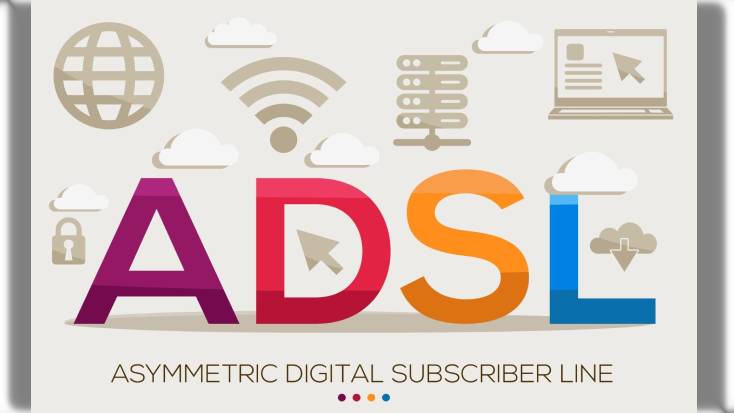Table of Contents
Introduction
ADSL – Asymmetric Digital Subscriber Line is a DSL technology providing greater bandwidth and higher-speed transmission through traditional copper telephone wires than conventional voice band modems.
Considerably, ADSL broadband is a cost-effective way to access the internet, being useful for startups and small businesses with little dependence on the technology.
Methodology of ADSL:
ADSL is the most known kind of DSL connectivity supplied by Internet service providers as it utilizes existing wires laid for telephone service. Thus, ADSL is a cheap and viable option for dispensing home internet connectivity.
Installation of a microfilter and an ADSL modem is essential for ADSL to progress, and with real-world speeds of about 2Mbps, it is perfect for home use. Internet providers usually designate bandwidth speeds in Mbps and Gbps.
In general, the higher the bandwidth, the faster the speed due to which a computer downloads information from the internet. When connecting to the internet using ADSL, the modem sends a signal to the DSLAM requesting a connection. The DSLAM then allots a unique IP address and launches a connection between the modem and the internet hub.
Features of ADSL:
[ADSL] is called “asymmetric” as it provides higher download speeds than upload speeds, suited to web browsing, email, and video streaming applications. A few key features of ADSL:
- Performs through the BT phone line network
- High-quality, steadfast broadband connection
- Allows faster data transmission through a solitary connection
- Provides internet access while simultaneously making phone calls
- Marginal installation costs & maintenance
Conclusion:
In conclusion, Asymmetric Digital Subscriber Line [ADSL] has played a vital role in providing high-speed internet access to millions of homes and businesses. Its ability to utilize existing telephone lines for broadband connectivity has made it a reasonable and accessible solution, chiefly in areas where fiber optic infrastructure is unavailable.
Furthermore, ADSL’s asymmetrical nature, offering faster download speeds, supports users’ typical internet usage patterns. While newer technologies have emerged, [ADSL] continues to serve as a reliable and affordable option, connecting people to the digital world.
Its impact on linking the digital divide and enabling internet access in various regions accentuates its enduring significance in the growing telecommunications landscape.

